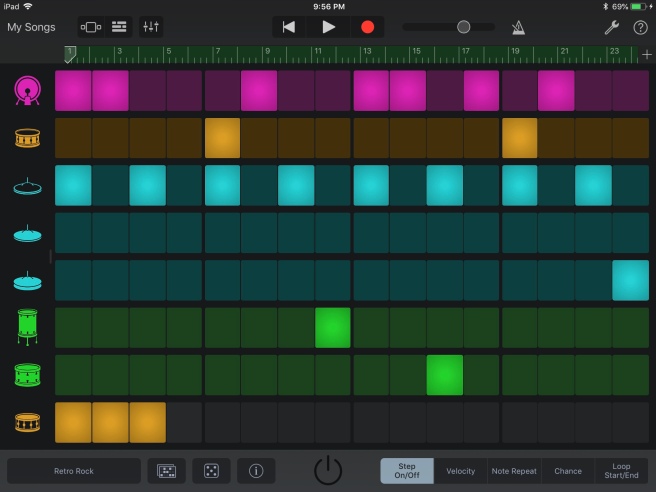I have a new piece of music to share. But first, I want to follow up on my last post from way back in October 2018. I had complained about being frustrated with too many choices in making music with software. I thought going mobile would help with that. It did a little bit.
But, the better plan was to go hardware. The knobs, limited functionality (compared to having all the things in front of you with software), and easy access (power on and play), make music making much simpler for a dabbler like me.
I was never big on music hardware. Not because I didn’t like it. Rather, I couldn’t afford it during college and law school. So, I made music on a computer (with a few hardware exceptions here and there).
Over, the past few years, though, a number of affordable and fun to use products came out. So, I started buying things (I’m slowly filling in the Music Gear tab above).
This piece is a mixture of one of the few pieces of hardware that I bought years ago, the first generation Korg Electribe S, combined with a fancy effects pedal I recently bought, the Empress ZOIA.
Enjoy!



